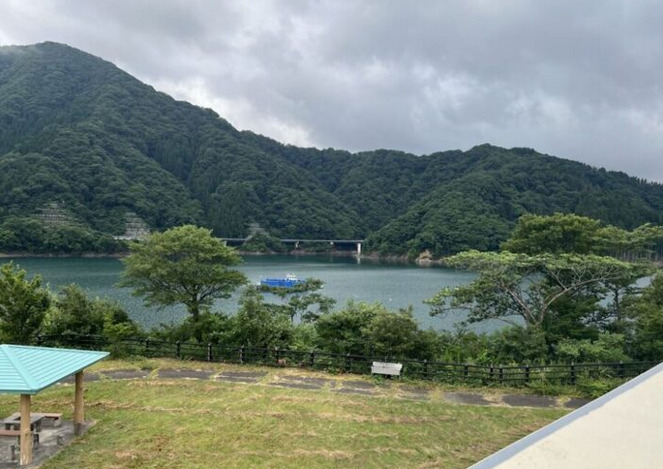A new tunnel for National Route 417 that runs through Kanzan Pass opened on the afternoon of November 19, 2023.
It’s a wonderful and revolutionary convenient road, but I still don’t recommend driving there. Let me introduce the reason.
Running video (1 minute time lapse) and reasons why I don’t recommend going for a run
It would be quicker to watch it on video.
the straight line of the tunnel was too long . You must have thought that

it is 5km long Even though , it gets jammed and doesn’t move because someone is driving at about 40km/h .

Before entering the tunnel, the Land Cruiser two cars in front of it pushed the dump truck out of the way, moving it smoothly through the tunnel at an estimated speed of over 85km/h. However, there is so much traffic that it quickly becomes clogged.
It was briefly shown in the time-lapse video that the driver intentionally crossed the center line and drove while yelling, “Go ahead!”
However, there is no way that such a signal would be conveyed to someone who is slowing down at around 40 km/h in front of several cars and blocking the road .
If I didn’t have cruise control with lane departure prevention, I’d probably fall asleep in despair, veer off the center line and collide head-on with an oncoming car .
It’s nice to see a shiny straight tunnel like the Shin Tomei Expressway, but it was really boring and tiring to never be able to escape from the monotonous scenery.
Even after passing through the tunnel, you won’t be able to enjoy it at all as you’ll be stuck with cars moving around , and there aren’t many facilities along the road.
That’s why I don’t recommend it .
If you have a schedule that allows you to pass through this area around 5:30 a.m. on weekdays (after 4 a.m. in the summer), when there is less traffic and the surrounding area is bright, it might be a good idea.
How convenient has it become since it opened?
The road from Tokuyama Dam to Fukui Prefecture was closed off by the hellish National Route 417.
Physically, they were connected by an ununeune road, but it was difficult to pass each other and roads were closed for long periods, so it was not like you could “go to the other side . ”
Although it was easy to get to Tokuyama Dam from the south, it was an unexplored area that could be described as “feeling like the end of the world.”
This is what it looks like on the map. The area circled in red is Route 417.
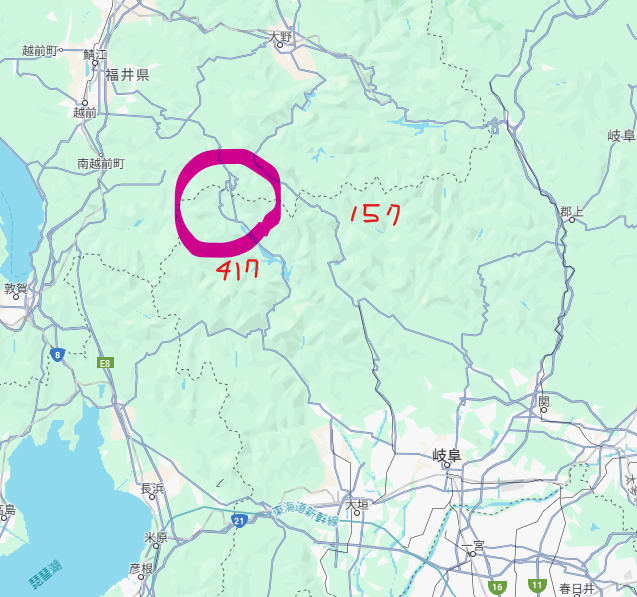
A fairly long straight line is clearly drawn.
Thanks to the tunnel that runs through Gwansan Pass, traveling through this section has become extremely convenient.

So I went there. Heading north from Tokuyama Dam.
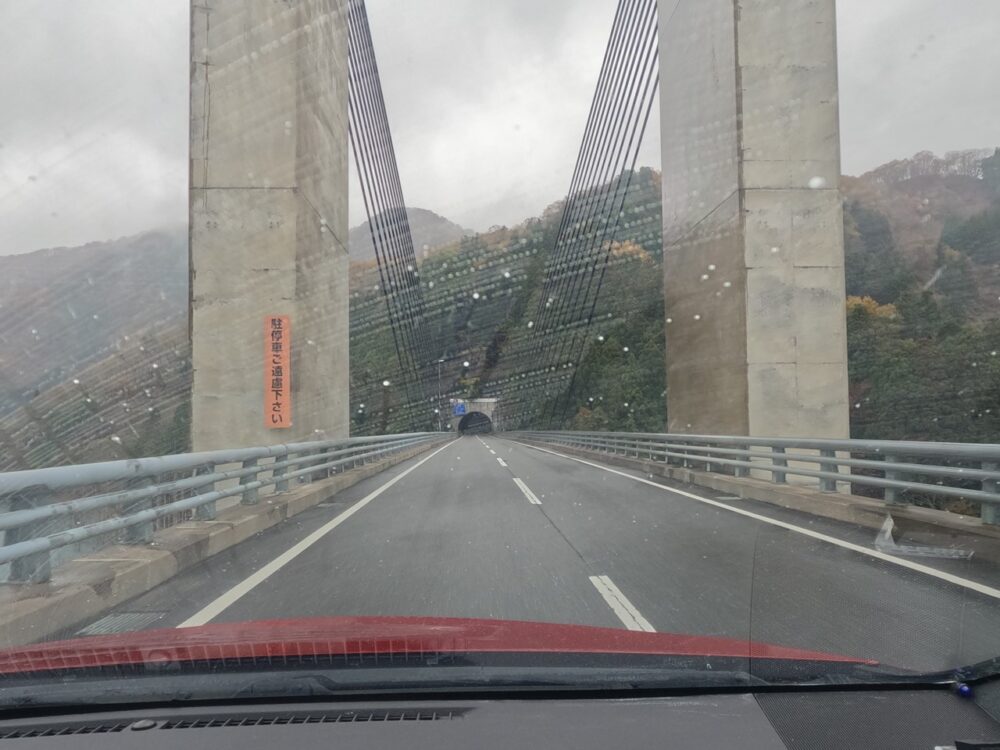
Last time, the toilet suddenly became narrower and was closed to traffic, but this time it continues all the way to the back with shiny asphalt pavement.

If you turn left from here, you’ll probably be on old Route 417. With the opening of the tunnel, traffic has decreased significantly, so this may be a good time to explore. Well, it’s difficult to drive through because it gets closed frequently.
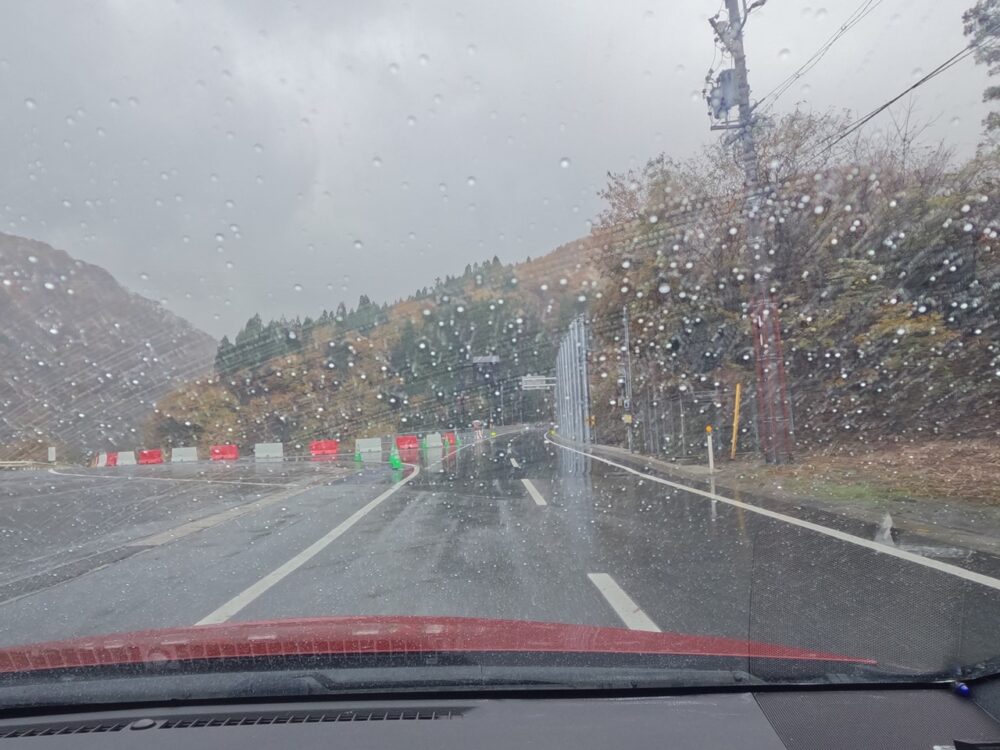
The tunnel mercilessly penetrates the mountain range.
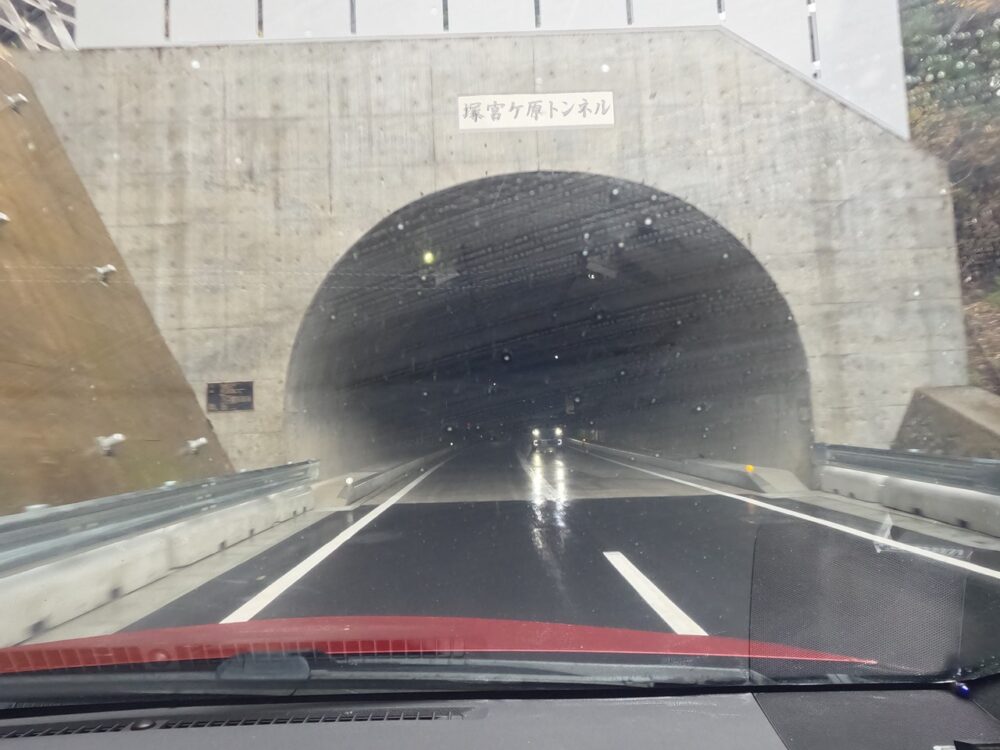
I was surprised to see so much traffic, as I understand that there is no reason to visit this area unless you are a dam administrator or have a hobby of playing in the mountains.

Unfortunately it’s raining. There are also some parking spaces where you can enjoy the autumn leaves.

This Kanzan tunnel is long. Actually, it’s too long .
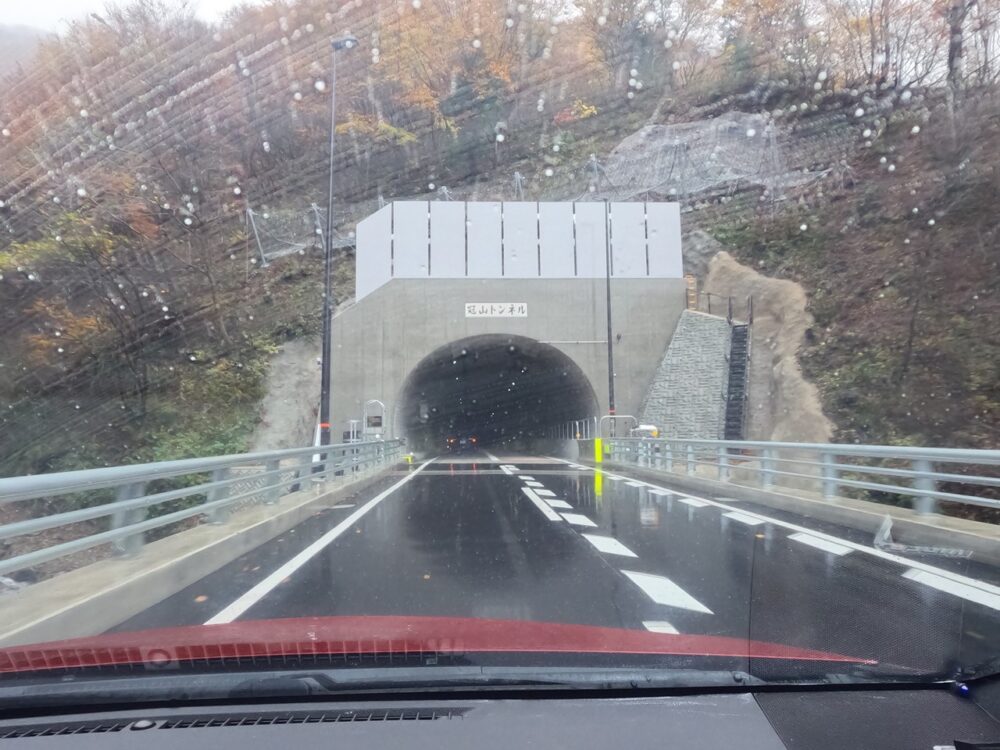
Let’s endure the boredom to the extent that we don’t get into an accident, and thank everyone who worked at the construction site.
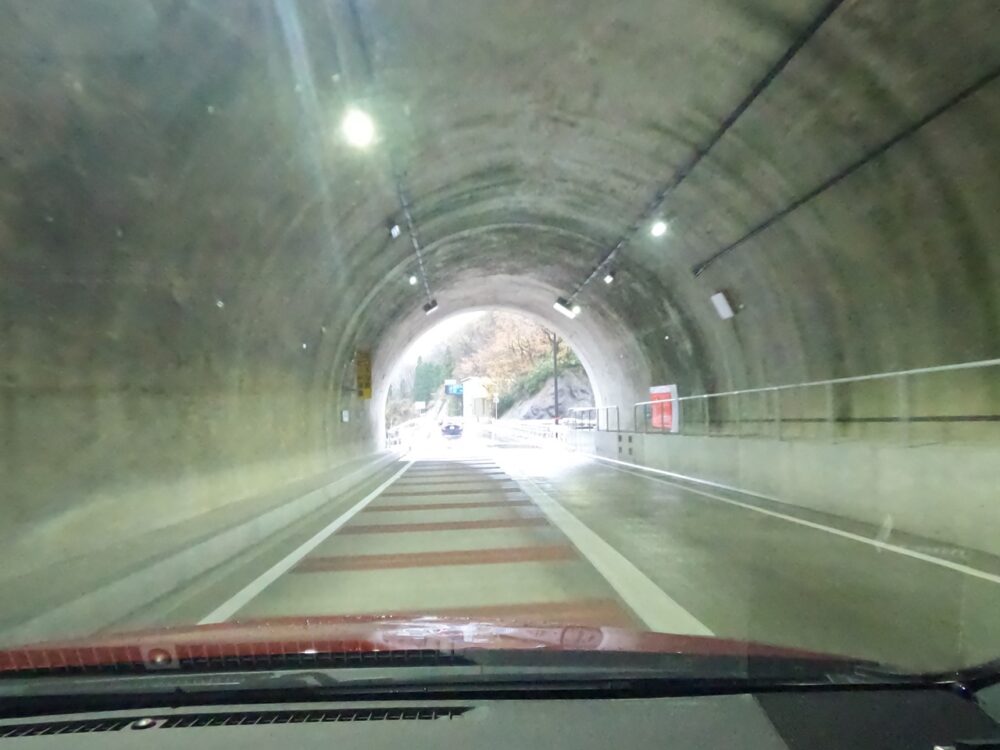
When we exited the tunnel, there was snow on the side of the road. If you are traveling after December with summer tires, it is better to check the road information on the live camera.
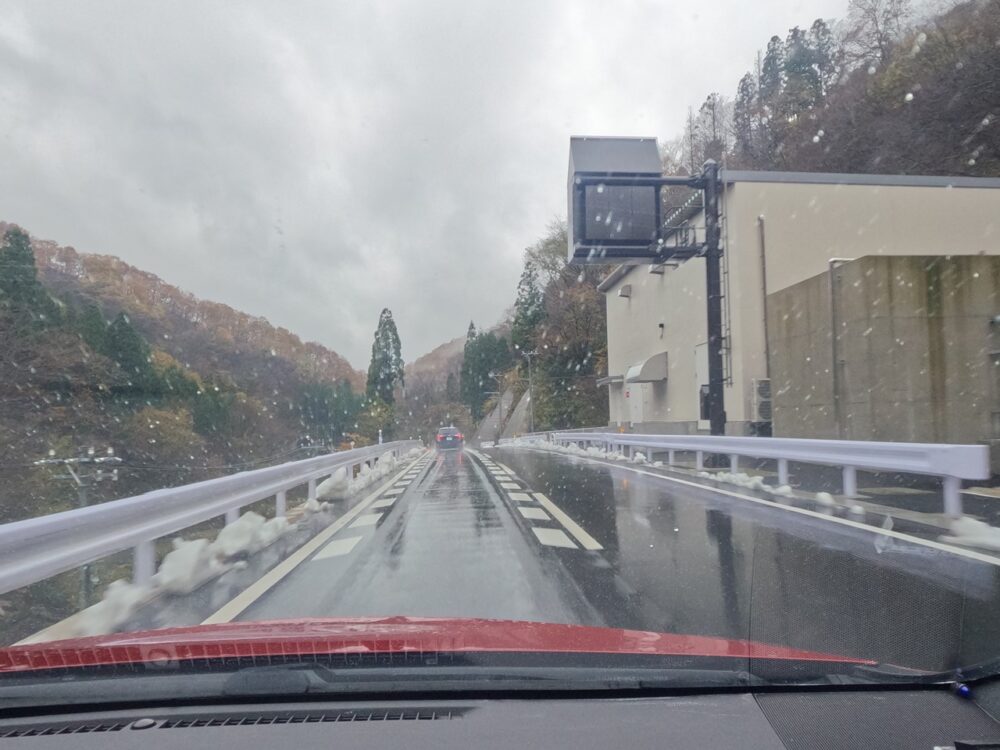
I’ve never driven on Route 417 on the Fukui Prefecture side, but it’s a two-lane road with a similar scenery.
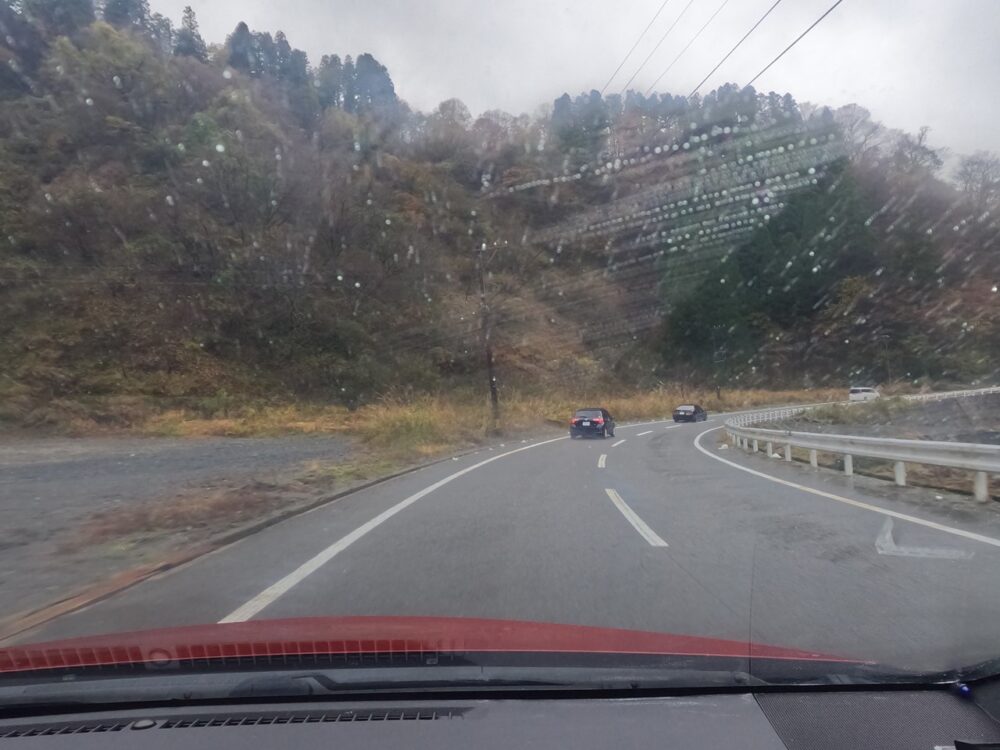
It’s an exciting and fun road to drive at a high pace in open spaces, but it’s painful to drive at speeds of around 40km/h.
Sometimes a tunnel appears or a beautiful river can be seen, so it’s not like there aren’t any changes.

However, the vegetation is generally the same, so you can enjoy the winding attack.
Spots you might want to visit
Noh Mask Museum
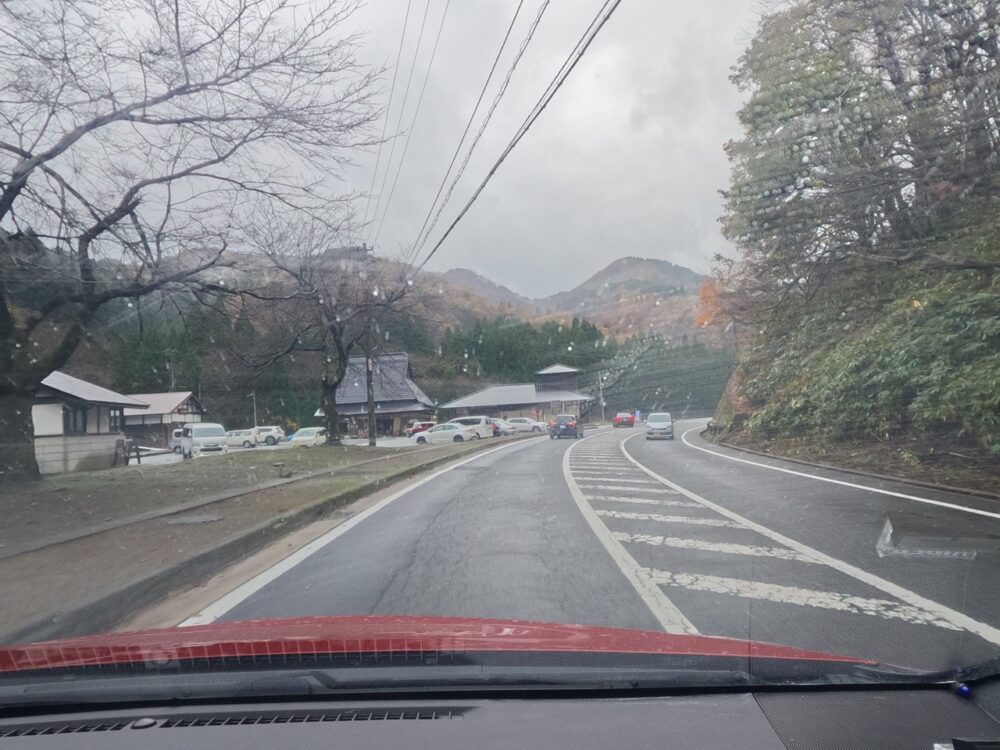
There is a spot called the “Noh Mask Museum” here.
It’s hard to tell what kind of facility it is because the official website is not registered on Google Maps and photography is not allowed.
Like this…?
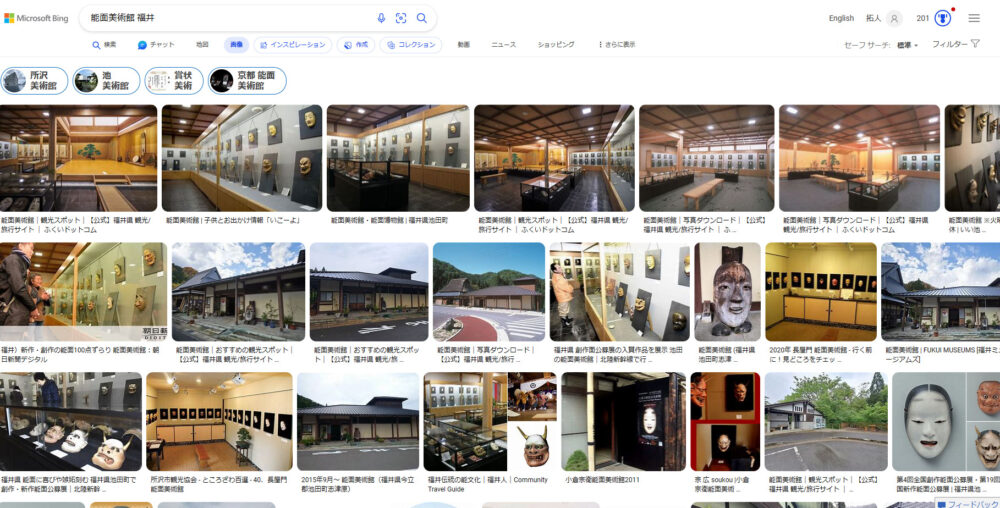
If I take my child with me, I feel like she’s going to cry.
Kazura Bridge
This is a paid wooden suspension bridge within walking distance from the Noh Mask Museum.
The toll to the bridge is apparently 300 yen for adults, but there seems to be a promenade and a soba restaurant nearby, so I might as well have stopped by.
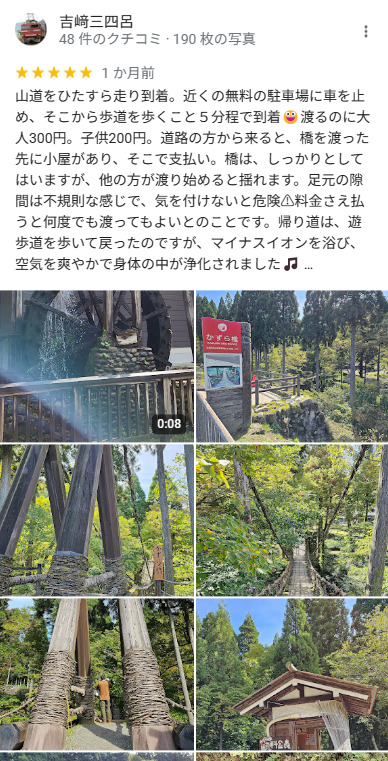
Town Station Kottekoteikeda
I didn’t take any photos, but I stopped by here.
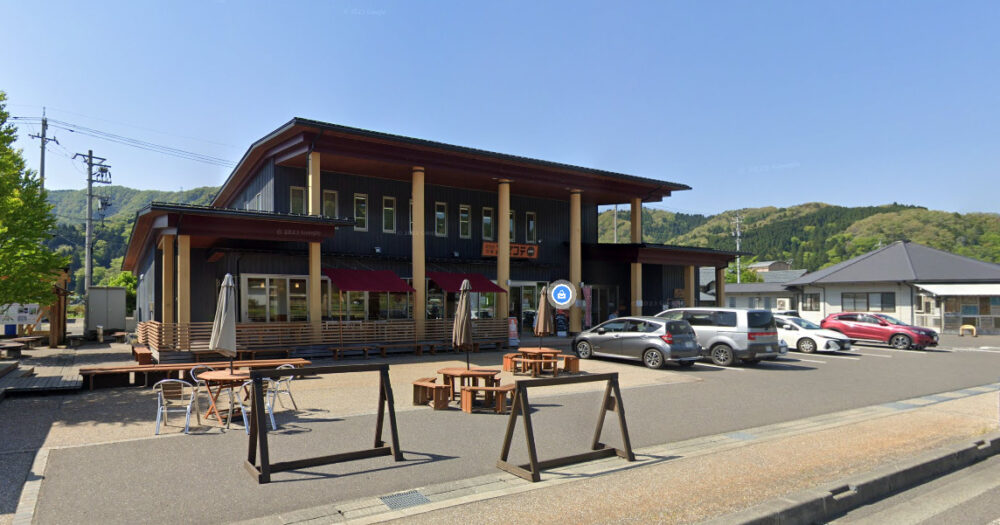
Although the name is “Machi-no-Eki”, the inside is almost the same as a roadside station.
There is a food court-like eating area, local specialties are lined up, and you can buy sweets and juice.
There are many scenic views along the way, so if you come to Ikeda Town, you should definitely stop by.
A dream-like time to run through the middle of a vast rice field.
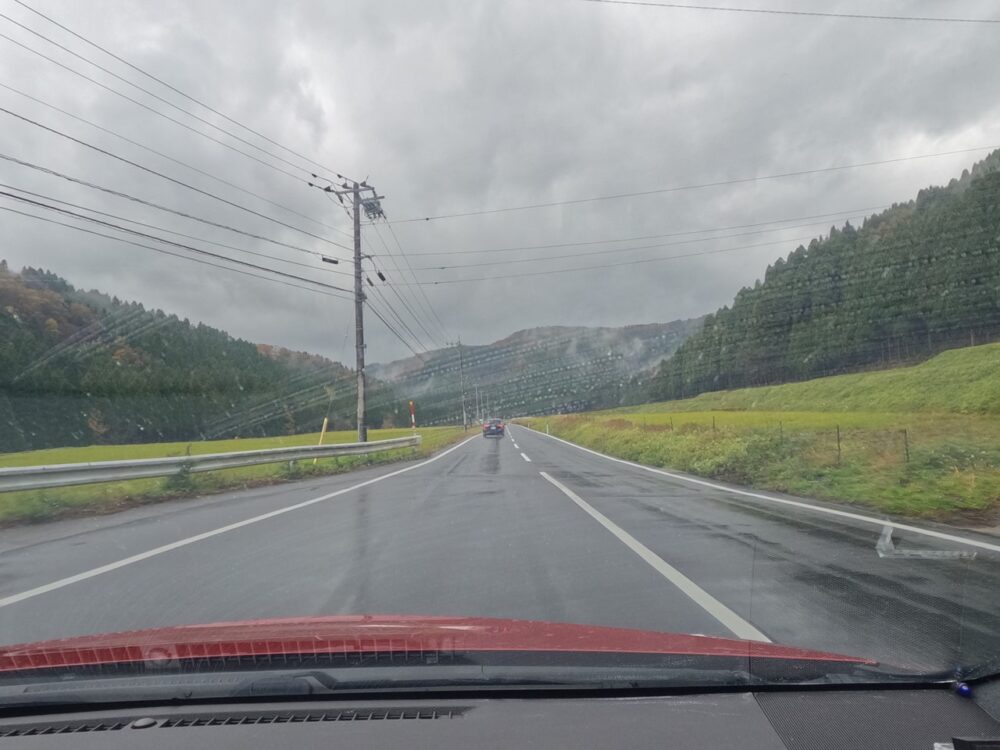
It’s a tunnel-like structure that could cause an accident if you’re not careful.

The plaza next to the shrine.
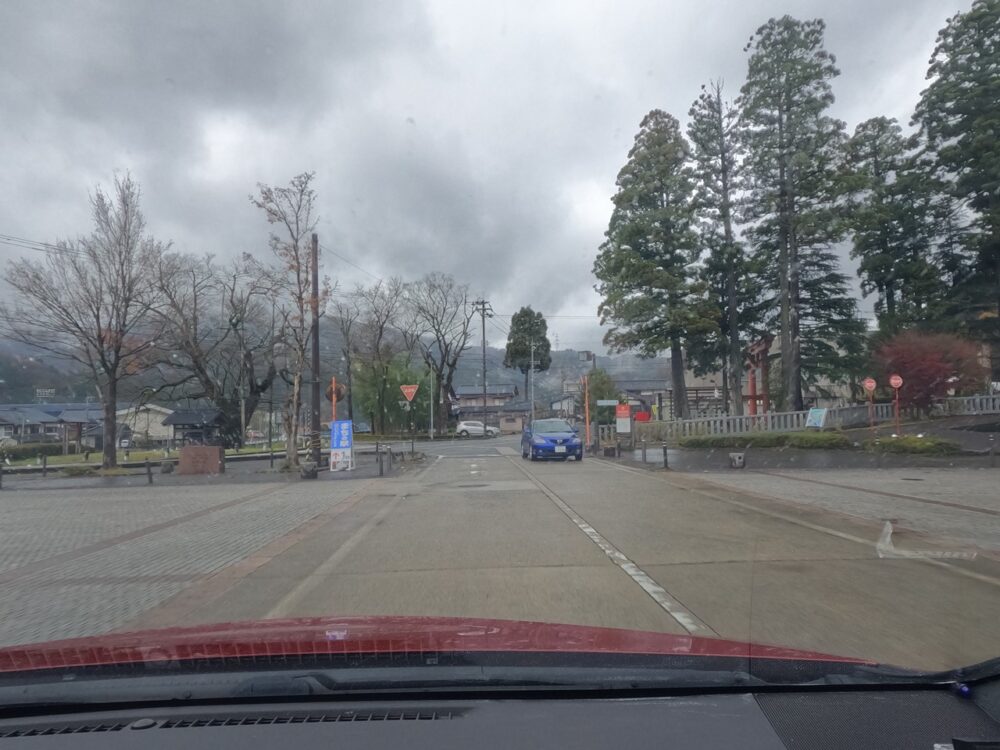
A little road along the river.
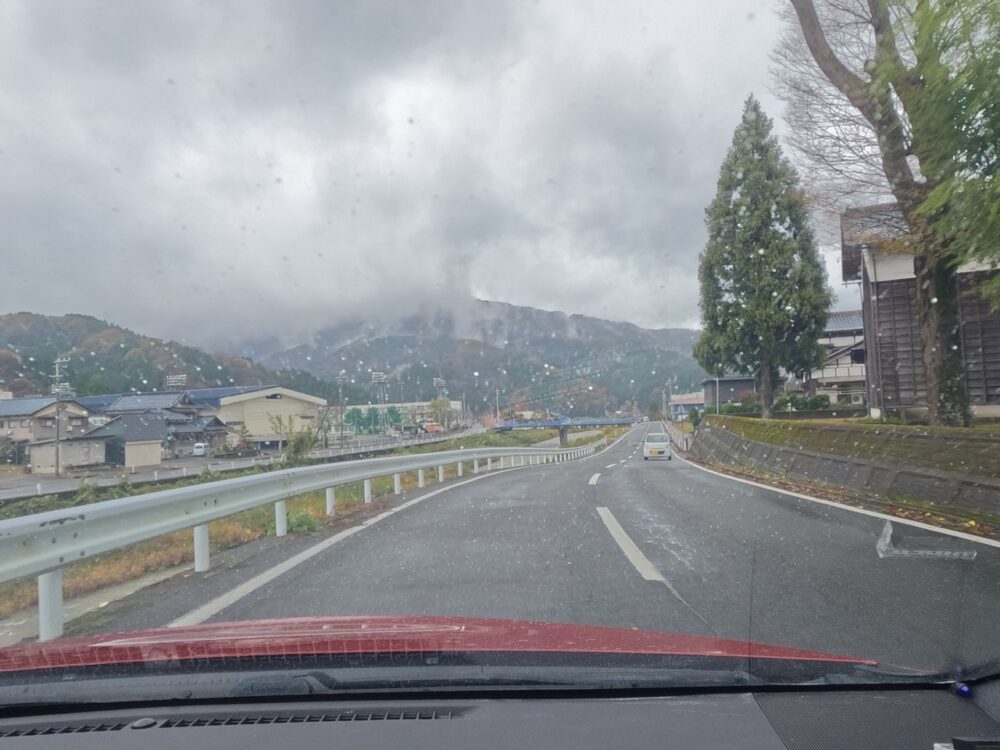
Fujihashi Castle (with planetarium)
From here on out, I only touched on it briefly in the article about the Tokuyama Dam area, but there is a castle on the south side of Tokuyama Dam.
When I went, the whole area was closed off with a warning that there was a bear infestation, but apparently you can enjoy the castle and planetarium. I’ve never been there…
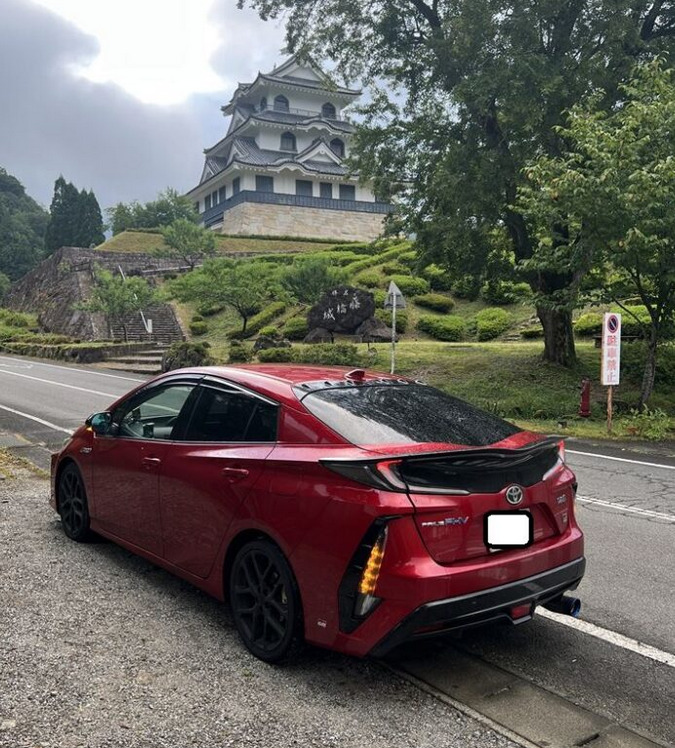
Tokuyama Kaikan
It’s in a bit of a complicated place, but you can eat dum curry and delicious-looking rice, and the view is nice.
